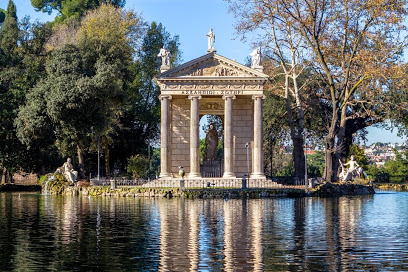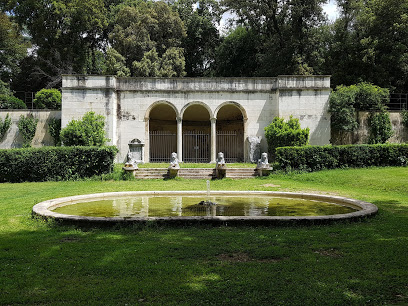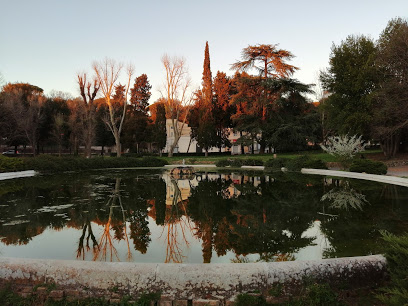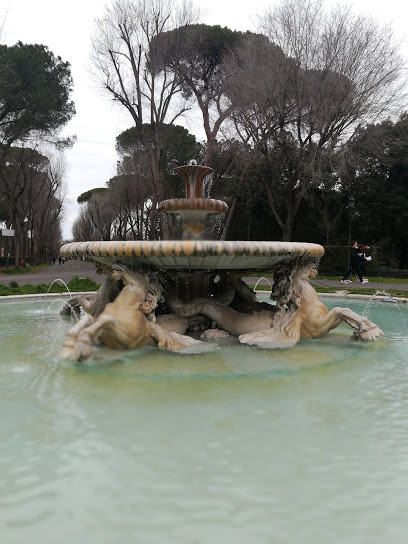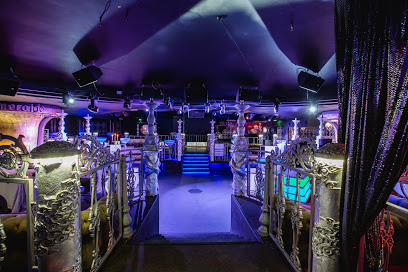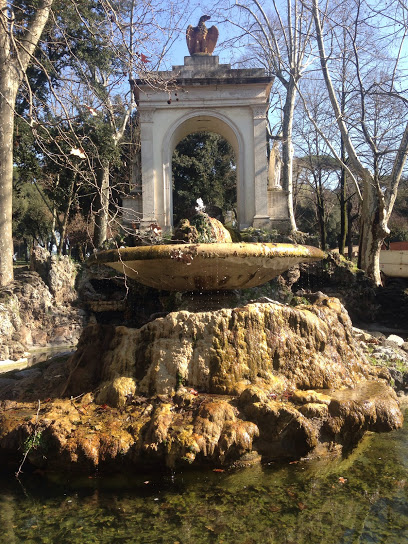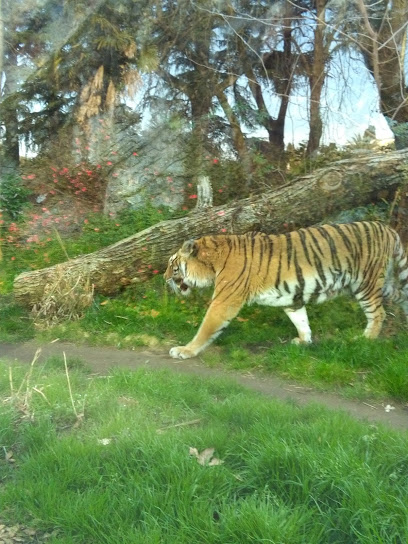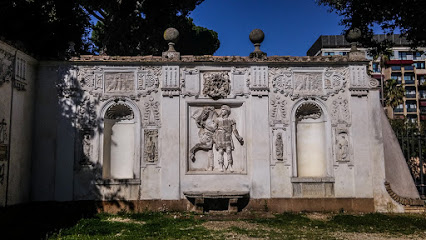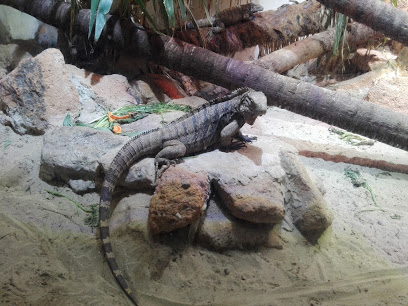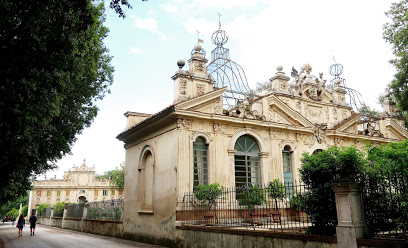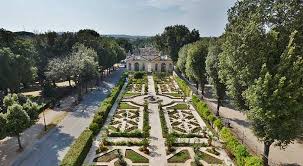Villa Borghese Park occupies a large area in the heart of the city. The villa contains buildings, sculptures, landmarks, fountains and works by prominent Baroque and modern art artists. It is surrounded by trees, ponds, Italian gardens and large Italian spaces that have been carefully constructed for centuries. It offers visitors historical and natural trails as well as many cultural, recreational and sports activities. Places of interest are: Garden of the Lake (almost off Casina di Raffaello) where boats can be rented and admired, in the middle of the water, Tempietto dedicated to Aesculapius, along the banks of the river, Meridiana and Fountain of the family of the Greek god; Piazza de Siena was named in honor of the original town of the Borghese family, the home of the International Horse Fair, where concerts are also held; the Borghese Casino in Vassanzio, where there is a concert hall, Galleria Borghese; Fortezzuola is now home to the Canonica Museum. The Ataturian Museum in Villa Julia and the Art Gallery of Moderne and Parco de Daini.
COLOMBARIO Via via Pinciana: Inside Villa Borghese, in the green area of Pineta, in correspondence via Pinciana, there are columbarium shaped square remains in the stone work (5.95 x 5.40 m).
Only the eastern and southern walls of the tomb are well preserved. Inside, four orders can still be identified from the ports, each containing two small jars each. Only a few residues of higher orders. The construction date can be dated back to the second century AD. In the first decade of the 16th century AD, the eastern wall of the Colombian building was reused as a reserve wall for the so-called Casa del Portinaio, which was destroyed during the war of 1849 but well documented in the views taken Between the 17th and the first half of the nineteenth century. You can visit the remains from outside.
children
From the entrance to Piazzale S. Paolo del Brasile, enter the area for small entertainment: horse riding near the Casino delle Rose, Piccoli cinema, horses, bicycles and small train for a panoramic tour.
Historical Notes
The construction of the villa was entrusted to Cardinal Scion Borghese, the nephew of Pope Paul V, to Flaminio Ponzo and his pupil Giovanni Vasanzio, who was succeeded by Girolamo Rinaldi in 1621. Domenico Savino da Montepulciano was responsible for landscaping. The work was commissioned by Scipione Borghese from 1608 until 1633, the year of Cardinal's death. At this first stage, the villa was divided into three distinct parts defined by the building walls and access doors called containers. In the 18th century, the restoration and improvement of Villa Borghese was commissioned by Marcantonio Borghese and executed by Antonio Asperuchi and his son Mario between 1784 and 1790. The son of Mario was mainly interested in the Nouvelle Casino, and in subsequent years the park was built. System of symmetrical and vertical ways. The new classical temples of Isculapius, Diana, Antoninus and Fustina were added. Piazza di Siena was built and Casino dell'Orologio nearby. In the 19th century, Camelo and Francesco Borghese, the sons of Marcantonio, extended the roof of the garden and assigned the new decoration to Luigi Canina. He designed the arc of Septimus Severus, Egyptian Propyl, Propyl Greek. In 1849, during the siege of Rome, French army shelling hit the vegetation and villa furnishings; the Casina di Raffaello and the Casino de Giuochi d'Acqua were practically destroyed, and at the site where the latter was built a more modest building: today's Aranciera, Citrus was protected there in the winter. Water games are no longer being rebuilt. Villa Borghese was purchased by the Italian state and used as a public park in 1903.
Disabled Access: In order to be able to enter Villa Borghese in your own vehicle, you must obtain an entry permit, which can be obtained by requesting it by fax at 06 77204491, explaining: vehicle name, license plate, date, place to be Access, applicant name and fax contact to get an answer. The cost of the permit is EUR 9.00 per day per transport.
Running Path: The road starts from Porta Pinciana, Borghese Museum Street. At first, there is a cippus with a reference to 0 km and a dashboard with reference to the entire itinerary. The length of the road is 7 km and each 500 meters is characterized by a wooden horse with a metal plate. Access coincides with departure and corresponds to Kilometer 7.

